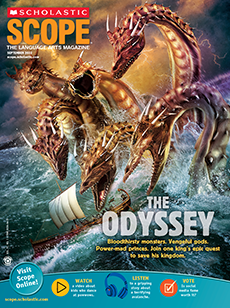A chipped teacup. A wool vest. A gold bracelet with the name “Amy” encrusted in diamonds. These are just three of the thousands of artifacts that have been recovered from one of the most legendary ships of all time, the Titanic.
On April 14, 1912, the Titanic slammed into an iceberg off the coast of Newfoundland, Canada. At the time, the Titanic was believed to be unsinkable. But within three hours of hitting the iceberg, it had disappeared into the icy waters of the Atlantic. More than 1,500 people perished.
The wreckage of the ship was discovered in 1985. Since then, more than 5,500 objects have been salvaged by a company now known as RMS Titanic, Inc. Many of these items are on display in exhibits around the world.
Retrieving these artifacts has not been without controversy, however. Although the U.S. government did, in 1994, grant RMS Titanic, Inc. permission to collect items from the wreck, some people believe nothing should have been removed. And over the years, new legal protections have been put in place to try to prevent additional items from being taken.
So RMS Titanic, Inc. caused quite a stir when, in 2020, it announced that it wanted to salvage another object. The company wanted to recover a wireless telegraph machine—an early form of a radio—that sent out the ship’s distress calls before it sank.
A judge granted the company permission, saying the radio was an important piece of history. But not everyone agreed with the decision. A legal battle ensued, which continues to this day. These events reignited a debate: Should artifacts be removed from the Titanic?

